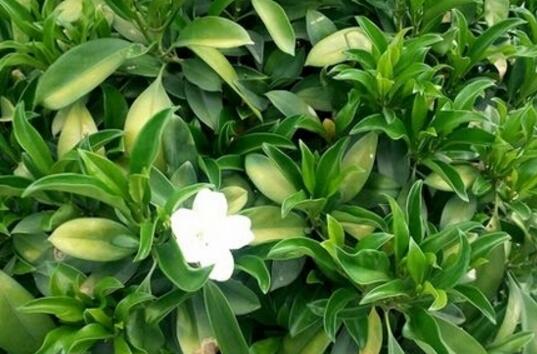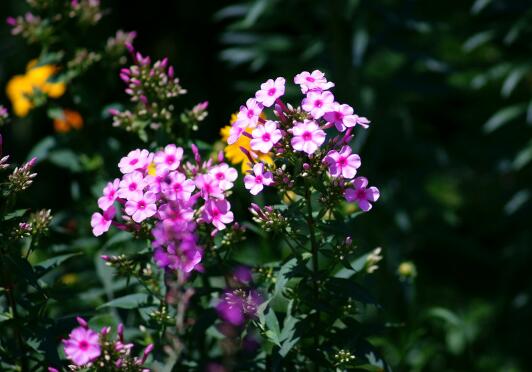What about the long worms of flytrap, pest control of flytrap / leaf soft dehydration disease stop illuminating
When it comes to flytrap, we all know that it is a mosquito repellent plant, its clip can attract insects, and then kill them at once. But does everyone know? If the maintenance is improper, the flytrap that can eat insects will also grow worms, what should we do at this time? The following are several common diseases and insect pests of the flytrap, of which the leaf soft dehydration disease of the flycatcher should be paid special attention to. Follow the editor to find out.
First, what about the flytrap and worms? use smoke and water.

Keeping the flytrap indoors is not like the wild, everything needs to be created by ourselves, and once it is not raised in accordance with the method of raising the flytrap, it will grow worms, what about the flytrap worms? At this time, we should not be in a hurry, but should calmly find the cause, and then solve the problem. If you don't know what kind of bug it is, you can use the following methods:
If you are a friend who smokes, then it is very simple. Once you find that the flytrap grows worms, you can solve it with smoke. Specific operation: soak the cigarette butts in water for two or three days, then pour the water into the flowerpot, and the worms will be gone in a few days. Of course, the effect of this method is slow, only when specific diseases and insect pests are found, and then solve the problem. Let's move on to the specific prevention and control of flytrap diseases and insect pests.
2. Diseases and insect pests of flycatcher
1. Nematodes
Although the flytrap can catch insects, it is also afraid of insects. According to the editor's inquiry, the worms found by flower friends in the fly-catching grass are mostly nematodes, and the reason for attracting them is that the soil contains humus.
Symptoms and solutions: nematodes are divided into exotic and introverted nematodes, in which exotic nematodes only eat rotten things and can be changed after they are found, while endoparasitic nematodes are parasitic in the flytrap and cannot be eradicated.
2. Soft dehydration of flycatcher leaves.
If you want the flytrap to grow big, you have to shine more on the sun. But many flower friends will find that in the summer, their flytrap leaves will be inexplicably soft and yellow. How is this going on? In fact, this is the flytrap is sick, and is suffering from leaf soft dehydration disease.
What is the soft dehydration disease of flytrap leaves? To put it simply, flytrap is a plant that likes light and humid environment. In summer, because of the muggy weather, the water required can not meet the requirements, and too strong light will make the flytrap get leaf soft dehydration disease. In popular terms, it can also be said that the flytrap suffered from heatstroke.
Ye Tuo soft water disease solution: in the breeding process, flycatcher leaf soft dehydration disease many flower friends will encounter, at this time we must pay attention, it is best to achieve the following two points:
① is caused by high temperature and high humidity, so it is found that the flytrap is suffering from leaf softening disease, so you should stop exposing the sun and watering immediately. After 2-3 days, the basin soil should be naturally dried before watering to control the amount of water. Note: choose to water in the evening or when it is cool at night.
The method in front of ② is not serious, if the disease is serious, in addition to cutting off the diseased leaves, but also need to change the basin to pour out the matrix, waiting for the matrix natural wind to open to loose re-use.
3. Soft rot
One of the diseases and insect pests of flytrap, it is the most serious disease of flytrap, and the plant will die gradually after the disease.
Solution: for soft rot, we mainly take preventive measures, spray 50% carbendazim 600 times 800 times once a month, or 1000 times methyl thiophanate solution for prevention and treatment.
Although it is a bit strange to be afraid of insects as a plant that can catch insects, it is relieved to think that as long as it is a plant, it can not escape the damage of insects. After all, nature is so magical. On pitcher plant pest control, the editor introduced here, I believe that when you encounter pitcher plant worms or get sick, you should know how to do it!
Control of soft dehydration disease of fly-trapping grass leaves
What is the leaf softening disease of the flytrap?
Although the flytrap is a light-loving plant, it also needs a moist growing environment. In summer, because of the muggy weather, the required water can not meet the requirements, and the strong light will make the flytrap get leaf soft dehydration disease. Popularly speaking, it can also be said that it has heatstroke.
The solution of Ye Tuo soft Water Disease
① stops exposure to the sun and stops watering. Wait for the matrix to dry naturally for 2-3 days before watering to control the amount of water. Choose to water it in the evening or when it is cool at night.
② cut off the diseased leaves seriously need to change the basin to pour out the matrix, wait for the matrix natural wind to open until loose before use.
③ uses some leaf fertilizer properly (preferably not)
Observation for a few days can generally recover on its own, novice must not just come to the plant leaves soft and yellow in summer to think that the lack of water blindly watered! Plants with too little water will affect their growth. This method is suitable for all kinds of plants.
As shown in the picture, you will find that both sides of the leaves begin to turn yellow, dry and lack of chlorophyll, which is a sign of the disease. The leaves are weak, much like fallen leaves, but plants with upright leaves in summer are not normal. Many people wonder why they suddenly softened at first.
A nickname for flytrap.
Flytrap is also known as Venus flytrap, Cordyceps, Cordyceps sinensis, fly hell, landing pearls, etc.
Growth habit
Perennial herb native to North America. A genus of flycatchers of the family Cerataceae of the insectivores.
Flytrap prefers to live in an environment with plenty of water and acidity.
Flycatcher can mature and bear fruit after 4-5 years after seed germination. If you take good care of the flytrap, you can live for at least 20 to 30 years.
In summer, the lower part of the flytrap leaf is slender and extends into the air, while in other seasons, the lower part of the leaf is short, wide and attached to the ground. When the light is sufficient, the inside of the clip will be light red, the clip will be red in autumn, and the leaves will basically wither when they are dormant in winter.
Variety classification of flytrap
Up to now, there are more than 600 horticultural varieties of flytrap, most of which are mutated or hybrid varieties from tissue culture. The well-known variants are:
Baron flytrap, toothed flytrap, B52 flytrap, flower market flytrap, special-shaped flytrap, shell flytrap and so on.
- Prev

African jasmine pest control, learn four ways to avoid yellowing leaves and plant atrophy
The health of plants is closely related to the environment and methods, and African jasmine is no exception, and the phenomenon of soft and sagging African jasmine leaves encountered by some flower friends can be related to diseases and insect pests. What should we do when we encounter diseases and insect pests? Today, we will explain the prevention and control methods of African jasmine diseases and insect pests.
- Next

What about beautiful cherry worms? pest control of Beautiful Sakura / 2 insect pests 2 diseases
In the process of breeding beautiful cherry, the last thing people want to encounter is the problem of diseases and insect pests, which not only affects the beauty of the plant, but also causes the plant to die over time, so what about the beautiful cherry worm? What do you need to do to prevent and control the diseases and insect pests of Sakura? Next, the editor will take you to learn about it.
Related
- Fuxing push coffee new agricultural production and marketing class: lack of small-scale processing plants
- Jujube rice field leisure farm deep ploughing Yilan for five years to create a space for organic food and play
- Nongyu Farm-A trial of organic papaya for brave women with advanced technology
- Four points for attention in the prevention and control of diseases and insect pests of edible fungi
- How to add nutrient solution to Edible Fungi
- Is there any good way to control edible fungus mites?
- Open Inoculation Technology of Edible Fungi
- Is there any clever way to use fertilizer for edible fungus in winter?
- What agents are used to kill the pathogens of edible fungi in the mushroom shed?
- Rapid drying of Edible Fungi

